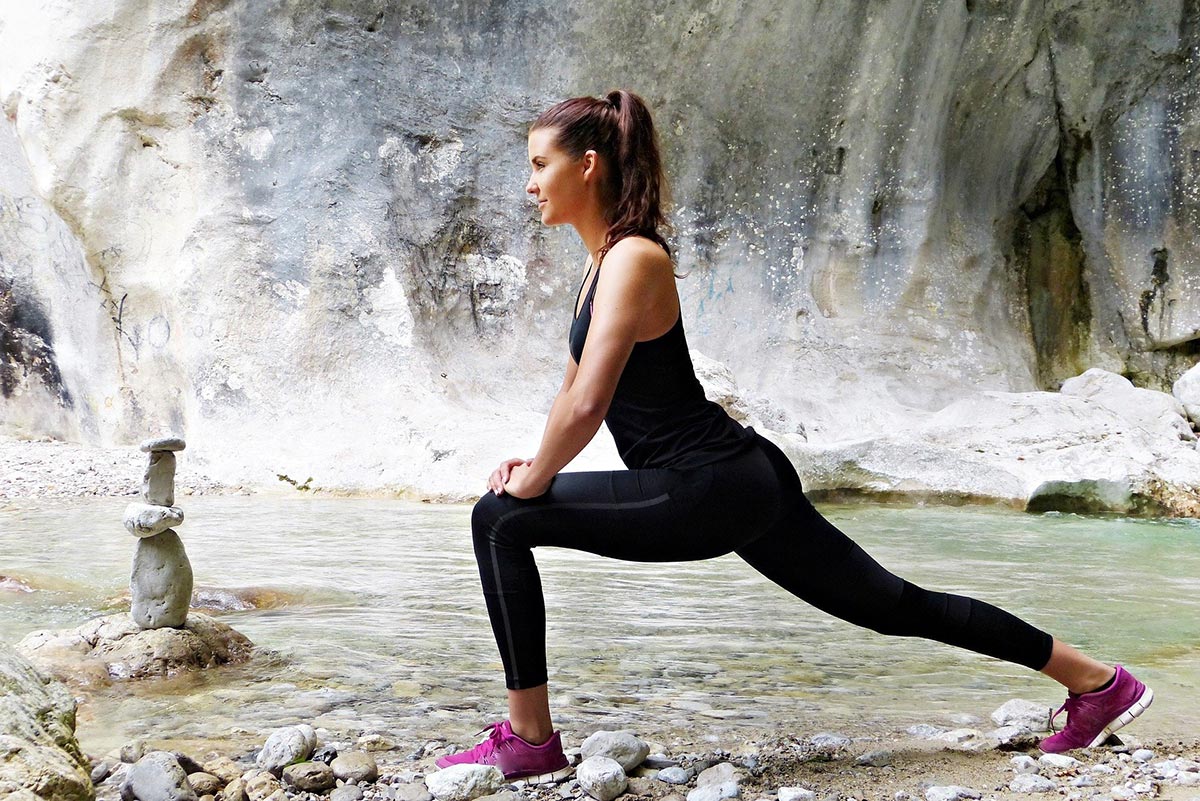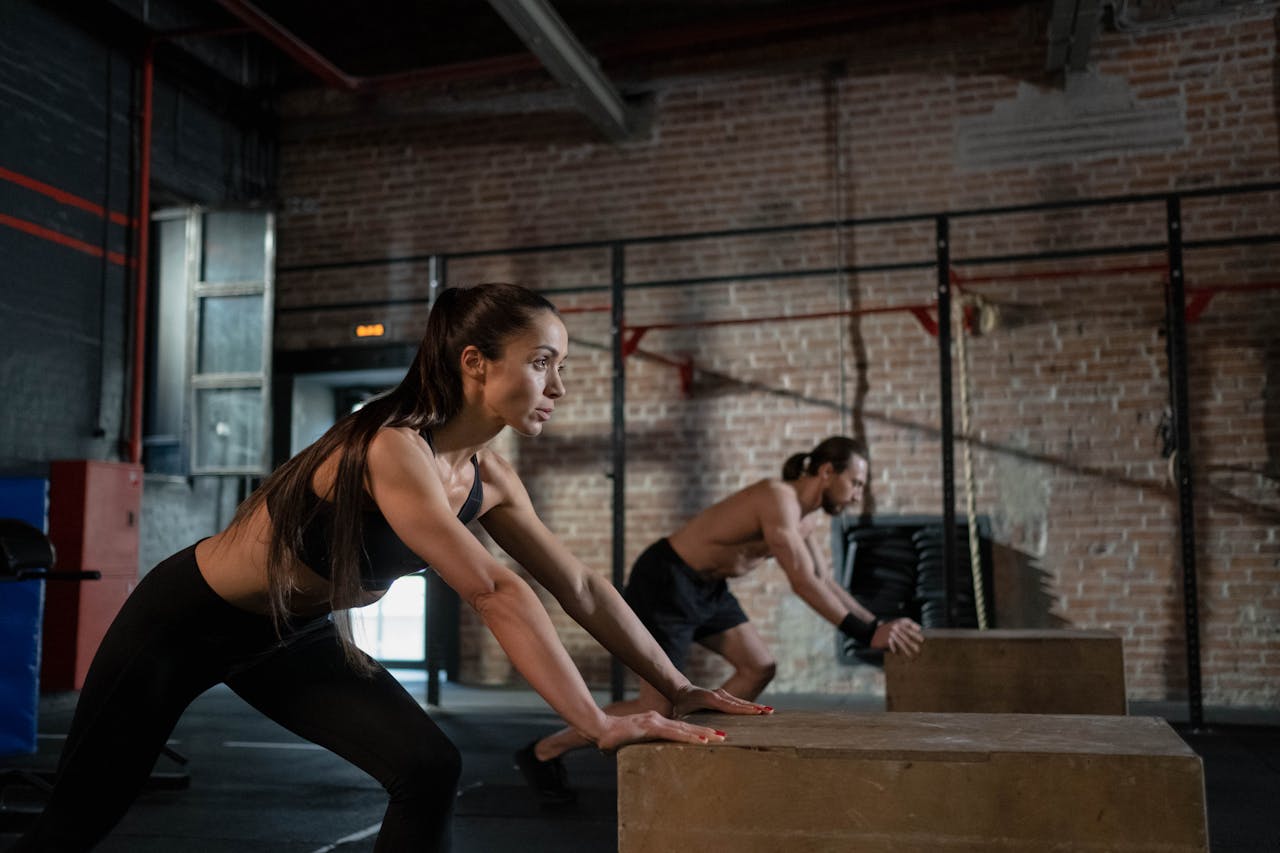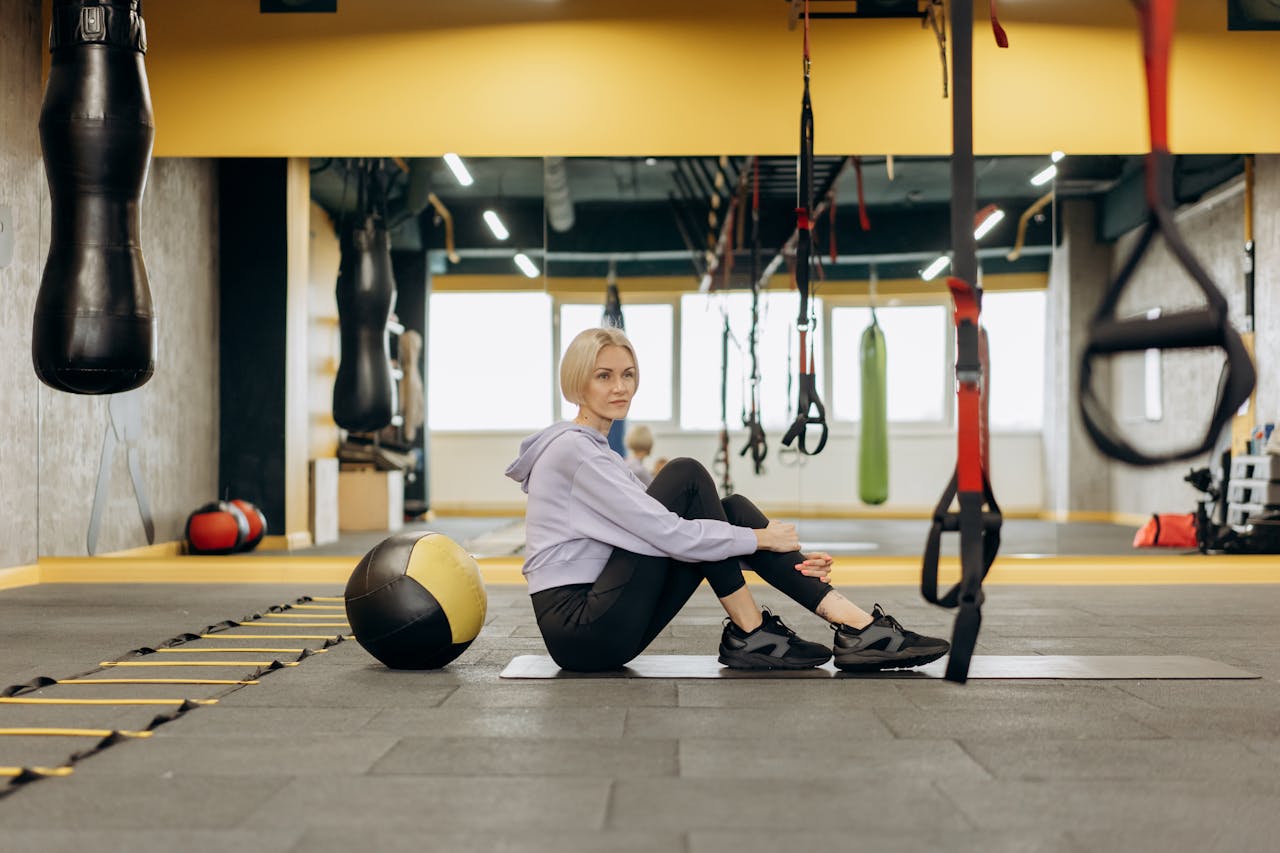Flexibility is an essential component of physical fitness, often overlooked in favor of strength or cardiovascular endurance. However, achieving and maintaining flexibility is critical for reducing the risk of injuries, improving performance, and enhancing overall mobility. Let's dive deeper into the fascinating world of flexibility and explore how you can stretch smarter, not harder.
Why Flexibility Matters
Flexibility plays a vital role in maintaining a healthy musculoskeletal system. It allows for a greater range of motion in your joints, reduces stiffness, and enhances your ability to perform physical and sports-related activities. For instance, limited flexibility in your hamstrings and lower-back muscles is a common culprit behind lower-back pain. Addressing such deficits through targeted stretching can significantly improve both your physical health and quality of lifee - Moreover, flexibility isn’t just about avoiding injuries. Improved range of motion can boost athletic performance, making movements more fluid and efficient. Whether you're a seasoned athlete or a weekend warrior, incorporating flexibility exercises into your routine is a must.
Timing Is Everything
When it comes to stretching, timing matters. The best time to stretch is after a brief warm-up when your muscles are already warmed and blood flow is increased. This ensures your muscles are more elastic and less prone to injury. Stretching cold muscles can lead to strains or tears, so take five to ten minutes for light cardio before diving into your stretches.
Stretching after a workout is equally important. Cooling down with static stretches helps your muscles relax, reduces soreness, and promotes recovery. Think of stretching as the bookend to your physical activity—a critical step in maintaining flexibility and preventing stiffness.
Prescription for Effective Stretching
Consistency and technique are key to improving flexibility. Experts recommend performing two to six repetitions of each stretch, holding the position for 10 to 30 seconds. While there’s no universal agreement on the ideal duration, the general rule is to stretch to the point of mild discomfort—not pain. Over time, your flexibility will improve as your muscles adapt to the routine.
Order and Isolation
Starting with major muscle groups ensures that your stretching routine is comprehensive and effective. Focus first on areas like your hamstrings, quadriceps, and back before targeting specific muscles relevant to your activity. For example, runners might pay extra attention to their calves and hip flexors.
Proper isolation of the muscles you want to stretch is critical. Avoid unnecessary movements in other parts of your body, as these can compromise the effectiveness of your stretches and increase the risk of injury. For example, when stretching your hamstrings, ensure your upper body remains stable and aligned.
The Techniques That Work
Three primary approaches to stretching are commonly used:
Static Stretching
This involves slowly elongating a muscle to its full range of motion and holding the position. It’s ideal for cooling down after workouts and gradually improving flexibility over time.
Dynamic Stretching
Dynamic stretches involve controlled, active movements that mimic the motions of your workout. They’re perfect for warming up and preparing your muscles for dynamic activities.
Proprioceptive Neuromuscular Facilitation (PNF) Stretching
PNF combines isometric contractions with static stretches to achieve a deeper stretch. While highly effective, this technique often requires the guidance of a trained professional to ensure safety and precision.
The Role of Pain in Stretching
Stretching should never be painful. While mild discomfort is normal, pushing beyond your limits can lead to injuries. Listen to your body and respect its boundaries. Flexibility gains are best achieved gradually, so patience is essential.
Gender and Flexibility
Research shows that women tend to be more flexible than men at all ages, likely due to differences in muscle composition and joint structure. However, men can significantly improve their flexibility through consistent and well-designed stretching programs.
Aging and Flexibility
As we age, our muscles and connective tissues naturally lose elasticity. However, much of the decline in flexibility is due to reduced physical activity rather than aging itself. Staying active and incorporating regular stretching into your routine can counteract these effects, keeping you limber and agile well into your later years.
Patience Pays Off
Flexibility is highly individual and varies from person to person. Don’t be discouraged if your progress feels slow or if others seem more flexible. With consistency and effort, your body will adapt, and you’ll start to notice improvements in your range of motion, posture, and overall mobility.
Integrating Flexibility into Your Routine
To maximize the benefits of stretching, make it a regular part of your fitness program. Combine dynamic stretches during warm-ups with static stretches during cool-downs to cover all bases. For those with specific flexibility goals—such as achieving the splits or improving shoulder mobility—dedicated stretching sessions can be added to your weekly routine.
Stretching is more than just a pre- and post-workout ritual; it’s a vital component of physical health and well-being. By understanding the principles of effective stretching, tailoring your routine to your needs, and practicing patience, you can enhance your flexibility, reduce injury risk, and improve your overall performance. Embrace stretching as an essential part of your fitness journey, and your body will thank you for it.













